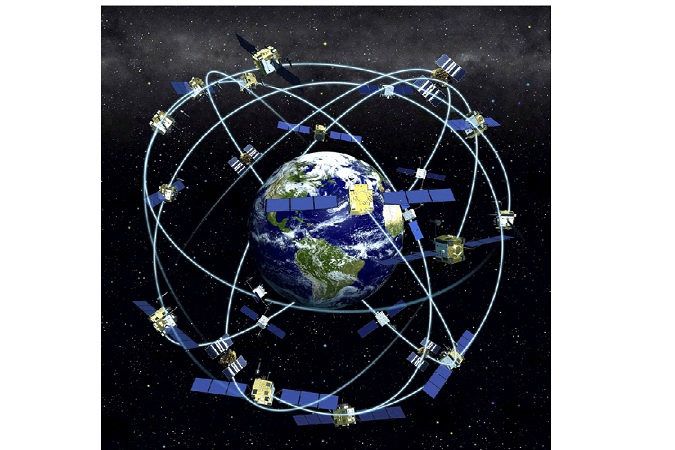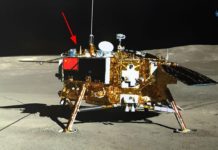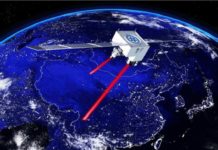At the 18th Zhuhai Airshow, China revealed that its planned Low Earth Orbit (LEO) satellite communications constellation, known as Hongyan, will begin operations in 2022. To do this, China will launch 60 Hongyan satellites, thus completing the constellation’s first phase. This will be followed by 250-300 satellites in later phases.
The satellites are currently being developed by the China Aerospace Science and Technology Corporation (CASC), which is the Chinese space programme’s main contractor. The first experimental satellite has already been shipped to its launch site – most probably at Jiuquan Satellite Launch Centre – where it will be launched using the Long March 2D rocket. From there, it will be launched to a 1,100km LEO.
The experimental satellite will be used to conduct L- and Ka-band tests, as well as in-orbit verification of the design and navigation systems. Following that, between 2019 and 2020, a pilot demonstration incorporating mobile, broadband and ground station technologies will be conducted, along with business application tests.
Do take a moment to subscribe to our email newsletter here. We will not sell your email address to a third party, and you can unsubscribe anytime.
To manufacture the satellites, an assembly plant has been set up at the Tianjin Aerospace Industry Zone, where it will have the capacity to produce 130 satellites per year, or 2.5 satellites per week. The manufacturing process will employ a variety of Artificial Intelligence (AI) technologies and robotics in order to expedite the process.
The Hongyan constellation will be operated by state-owned smallsat manufacturer Aerospace Dongfanghong, which has created a new division for this purpose. When the constellation is complete, China hopes to provide mobile connectivity to 2 million users, broadband connectivity to 200,000 users, and IoT connectivity to 10 million users, both within China and in the Belt and Road countries. The constellation will also support China’s 5G network, by connecting the constellation directly with 5G base stations for lower latency.







